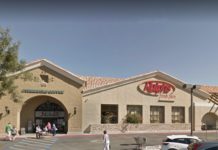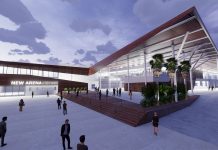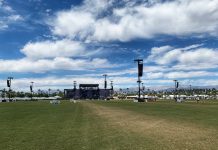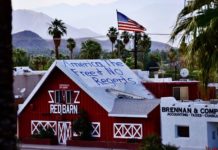A recently concluded study that, and this will come as a surprise to no one , when events are held at the new 10,000 seat arena to be built in downtown Palm Springs, traffic is going to suck in the area before and after.
The study, which surprisingly was not completed by the firm of Captain Obvious and Company, was detailed in the Desert Sun:
A traffic study completed by The Mobility Group for the proposed arena anticipates heavy traffic at multiple stop sign intersections in the center part of Palm Springs in the hour before and after an event.
The study analyzed traffic at 70 intersections and concluded the arena will cause “significant effects” at eight intersections in the hour before an event. Six of those currently have stop signs, plus the signalized intersections of Sunrise Way and Vista Chino, and Tahquitz Canyon Way and Indian Canyon Drive.
After the event, the most affected intersections include Palm Canyon Drive and Vista Chino, Alejo Road and Indian Canyon Drive, and Tahquitz Canyon Way at Indian Canyon Drive, plus six stop sign intersections.
10,000 people all headed out onto a few roads at the same time causing a bit of a backup…you don’t say. Note: we tried to say something months ago, but no one listened.
Related: Here’s how to put down your deposit for Palm Springs minor league hockey tickets
The same study found that, and this is crazy, there are indeed enough parking spaces in and around downtown Palm Springs to accommodate a 10,000-person show – and, well, we will all believe that when we see it.
This would probably be a good time for all parties involved, and even some not involved, to come up with some sort of public transportation plan to alleviate some traffic in and out of Palm Springs on big arena nights.
I mean, I would love to take a SunLine shuttle from La Quinta or Indio to concerts and hockey games like other cities do for events at stadiums and arenas, if that is a thing that they are considering. That would probably be great for other residents and tourists staying at hotels down valley too.
Perhaps that can be concluded as part of another study by Captain Obvious and Company.








